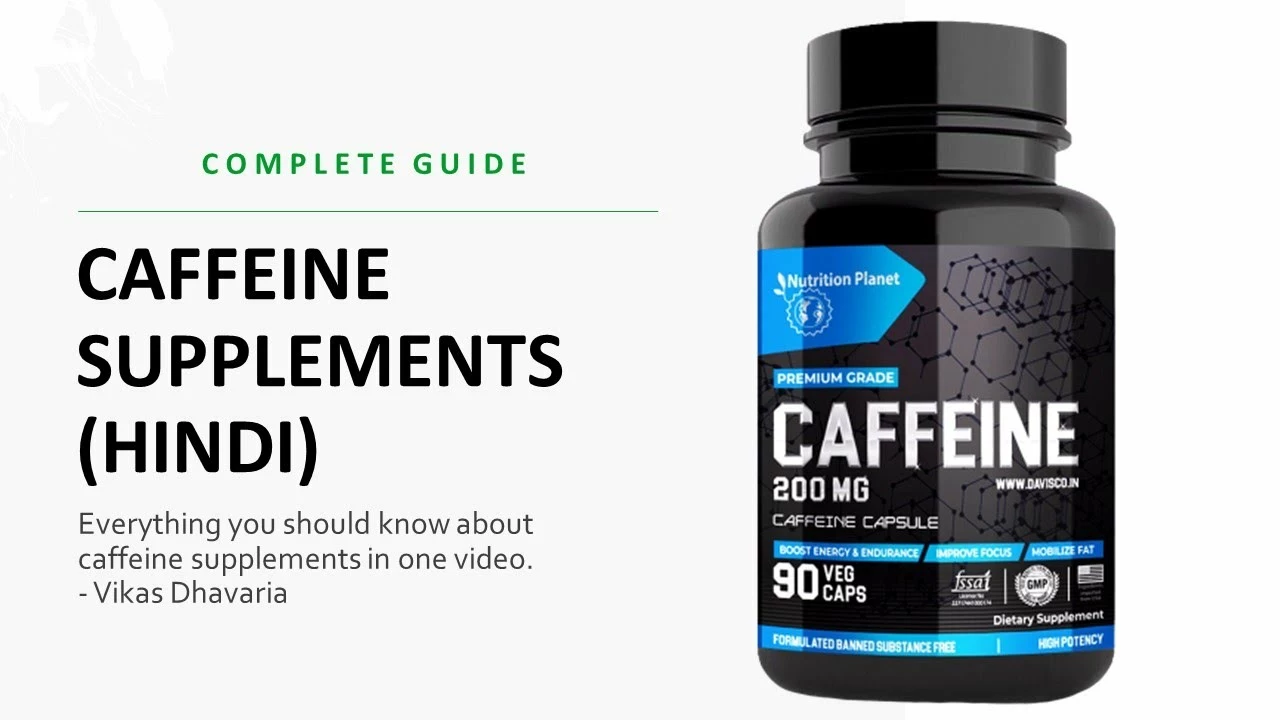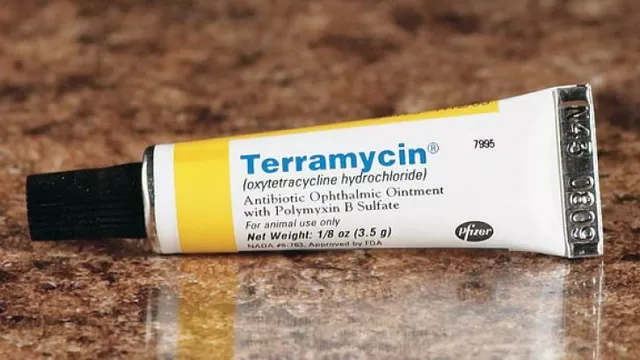Diacylglycerol (DAG): what it is and why it matters
Diacylglycerol, often shortened to DAG, is a simple fat molecule made of a glycerol backbone with two fatty acids attached. You’ll see DAG mentioned in labs, nutrition labels, and cell signaling papers. It looks plain, but it plays two very different roles: as a metabolic fuel and as a messenger that tells cells to change what they do.
How DAG works in your body
Inside cells, DAG acts like a switch. When certain receptors on the cell surface get activated, enzymes create DAG in the membrane. That DAG then helps activate protein kinase C (PKC) and other proteins. PKC changes cell behavior — for example, it can alter how a muscle or liver cell responds to insulin.
Not all DAG is the same. The position of the fatty acids on the glycerol (sn-1,2 versus sn-1,3) matters for signaling. sn-1,2 DAGs are the ones that usually trigger PKC. Cells also control DAG levels with enzymes such as diacylglycerol kinase, which converts DAG into phosphatidic acid, so DAG spikes are normally short-lived.
In metabolism, DAG shows up when fats are broken down or remade. If DAG builds up in the liver or muscle, some research links that accumulation to reduced insulin sensitivity. That happens because excess DAG can chronically activate PKC-like pathways, which interfere with insulin signaling. This is one reason researchers study DAG when they look at fatty liver and type 2 diabetes.
Practical tips: food, health, and reading research
On food labels you might find "diacylglycerol oil" marketed as a healthier cooking oil. Some trials reported lower post-meal triglycerides or small fat-loss benefits compared with regular oils, but results vary. DAG oil is not a magic diet fix. If you’re considering it, check the evidence, watch portion sizes, and ask your doctor if you have metabolic disease.
If you read studies about DAG, watch for two things: which DAG isomers they measured and where the DAG was found (blood, liver, muscle). Those details change what the results mean for you. Human studies often use different methods than lab studies, so don’t assume a cell-level finding automatically applies to daily eating or supplements.
Worried about insulin resistance or fatty liver? Focus on proven steps: lose excess weight if needed, choose whole foods, limit added sugars and refined carbs, and stay active. These moves reduce harmful fat buildup in organs and often lower DAG levels indirectly.
Want to learn more? Look for articles that explain DAG in plain language and that separate lab findings from clinical trials. If a paper sounds highly technical, scan the methods: that tells you whether the findings came from isolated cells, animals, or people.
DAG is small but influential. Knowing where it shows up and what it does helps you read research with a clearer eye and make smarter choices about diet and health.




